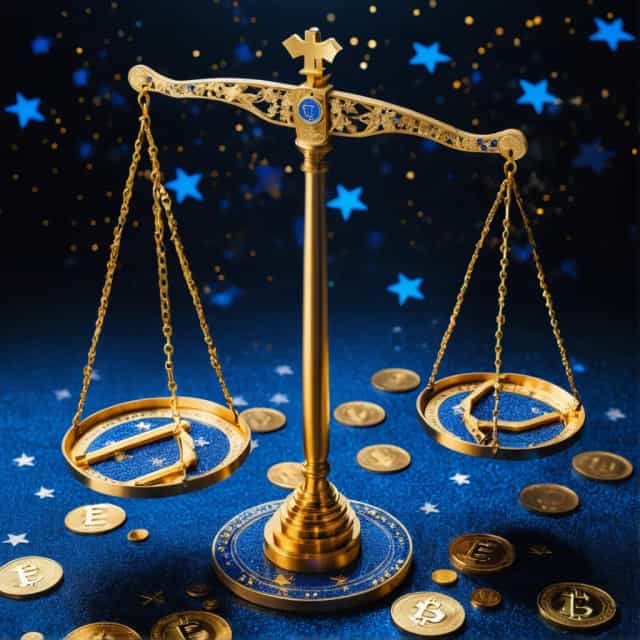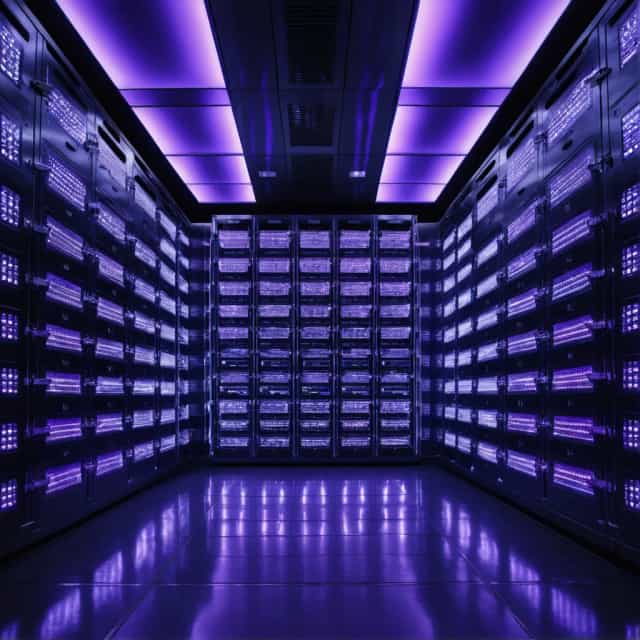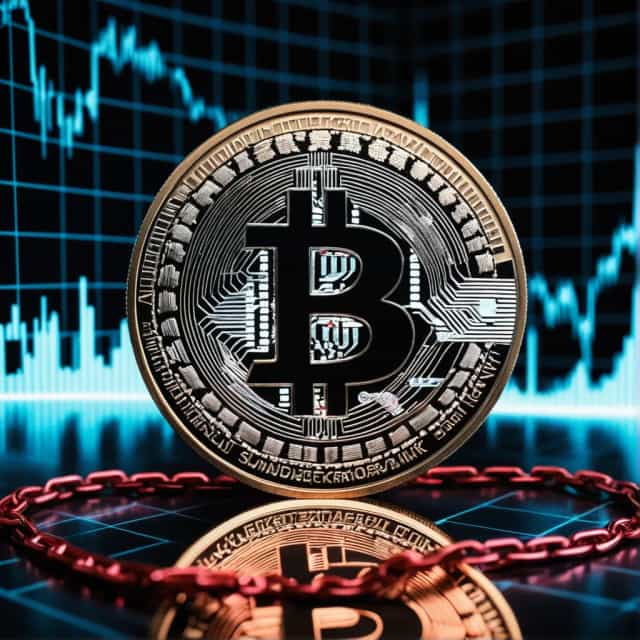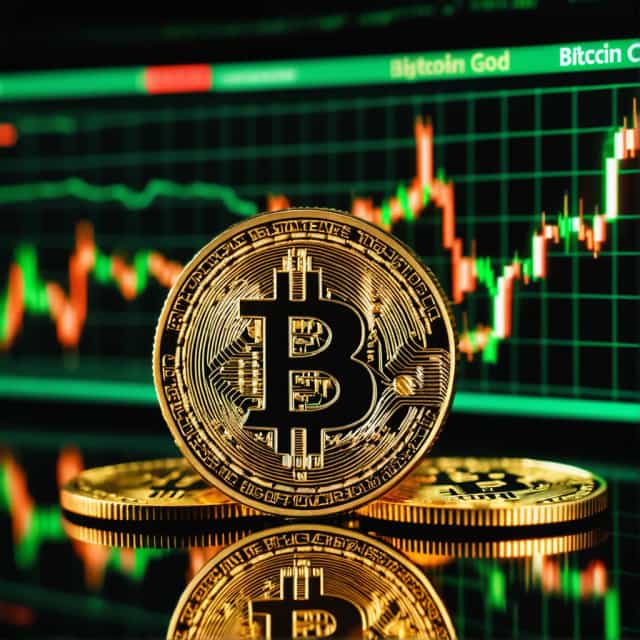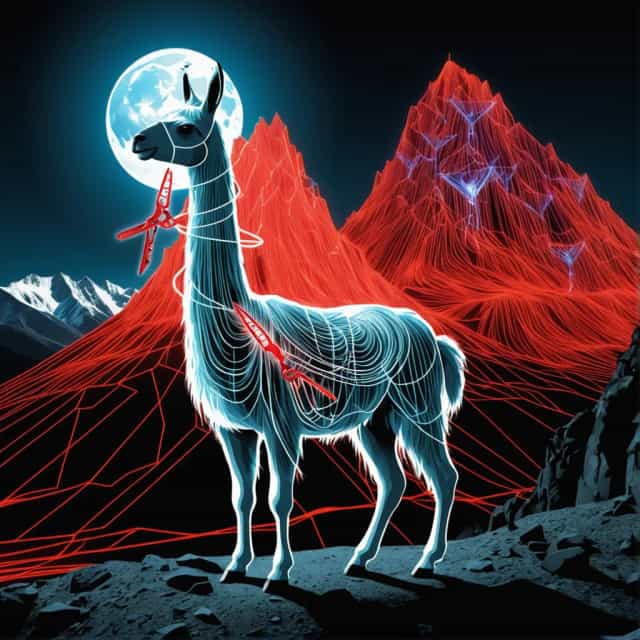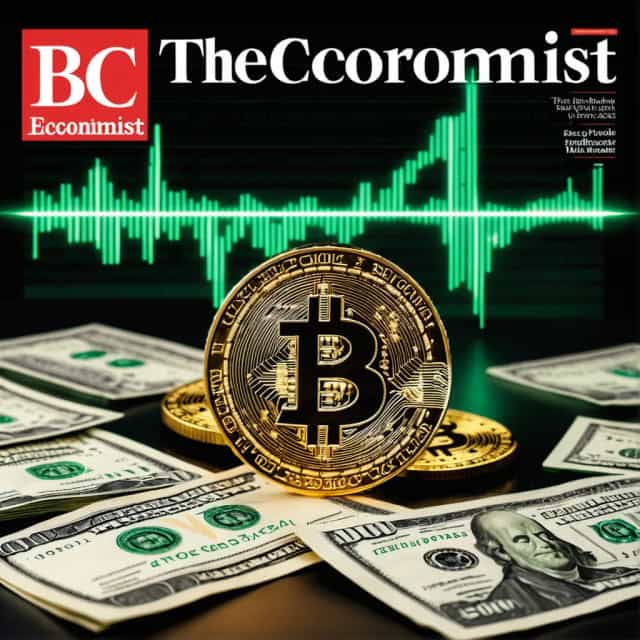!["Alan Orwick on Upholding Bitcoin's Vision with Proof of Work: Quai Network's Take [KBW 2025]"](/_next/image?url=https%3A%2F%2Fwww.blockmedia.co.kr%2Fwp-content%2Fuploads%2F2025%2F10%2F20251006-164350.jpg%3Fformat%3Dwebp%26width%3D600&w=1200&q=70)
Image source: Block Media
Redefining Blockchain Efficiency: Insights from Quai Network’s Co-Founder Alan Orwick
During Korea Blockchain Week (KBW) 2025, Block Media sat down with Alan Orwick, co-founder of Quai Network, for an exclusive interview. At the heart of the conversation was Quai’s ambitious goal of revolutionizing blockchain technology by marrying scalability and decentralization, while introducing the world’s first energy-linked currency. Let’s explore how Quai is reshaping the landscape of peer-to-peer (P2P) electronic cash systems and blockchain innovation.
Introducing Quai Network: A Scalable PoW Blockchain
Quai Network is a next-generation scalable, programmable blockchain based on proof-of-work (PoW). Designed to overcome limitations found in Bitcoin, Ethereum, and Solana, Quai offers high throughput while retaining decentralization. This achievement is bolstered by its compatibility with Ethereum Virtual Machine (EVM), enabling seamless integration and extremely low transaction fees. Quai has also introduced a groundbreaking currency: the flatcoin, or “energy dollar.” Unlike traditional crypto systems, this censorship-resistant currency is directly linked to electricity through PoW, emphasizing stability and real-world value.
Why Stick with Proof-of-Work in a Proof-of-Stake Era?
The Ethereum Merge marked a watershed moment in blockchain history, as the market shifted heavily toward proof-of-stake (PoS). Despite this, Quai Network remains committed to PoW, and for good reason. While PoW is often challenged on grounds of inefficiency, Quai has developed innovative solutions to address its shortcomings.
Through a hierarchical and sharded blockchain structure, Quai achieves over 255,000 transactions per second (TPS)—a remarkable leap compared to Bitcoin’s seven TPS. Unlike PoS, which suffers from overhead issues stemming from validator communication and voting, Quai optimizes PoW by enhancing bandwidth, minimizing latency, and strategically configuring the network geographically. These upgrades make Quai competitive with PoS in terms of speed and scalability, without compromising decentralization.
Tackling Energy Consumption: More Efficient PoW
Energy consumption remains a contentious issue for PoW blockchains, often drawing criticism for their environmental impact. Quai Network addresses this concern head-on with merged mining technology. By enabling a single mining operation to secure multiple blockchains simultaneously—an approach akin to streamlining multiple lanes on a highway—Quai dramatically increases energy efficiency per transaction.
For comparison, while Bitcoin’s PoW mechanism continues to consume significant energy for minimal throughput, Quai offers superior efficiency, achieving high TPS with reduced energy footprint. This approach ensures Quai remains both eco-conscious and scalable, countering traditional critiques of PoW.
Flatcoin: The Birth of Energy-Linked Currency
A true currency must fulfill three key roles: acting as a store of value, a medium of exchange, and a unit of account. Bitcoin excels as “digital gold” but struggles as a viable payment system for everyday transactions. Centralized stablecoins like USDT or USDC fill this gap but contradict the ethos of decentralization critical to blockchain technology.
Quai Network’s flatcoin “Qi” solves these issues by tying its value to electricity—a universally essential commodity. Unlike stablecoins pegged to fiat currencies, Qi’s issuance is proportional to mining hash rates, ensuring low volatility that mirrors stable energy prices over time. As a result, Qi emerges as a practical, decentralized currency immune to censorship, freezes, and blacklists, embodying the original promise of P2P electronic cash systems.
Why Energy-Based Value Matters
Historically, energy shares intrinsic characteristics with gold: it requires physical effort to generate, and its authenticity is easily verified. As society increasingly shifts toward digital and AI-driven ecosystems reliant on electricity, energy could surpass fiat currency as the foundation of value creation.
The production of everyday items—from manufactured goods to financial services—relies on electricity as its fundamental resource. By pegging currency to the immutable physical laws of energy consumption, Quai aims to establish a stable financial system driven by hard assets rather than manipulative fiat systems. This innovative link between currency and energy could fundamentally transform the economy in years to come.
Real-World Applications of Quai Network’s Decentralization
Quai Network’s decentralized infrastructure excels in multiple use cases, particularly within decentralized finance (DeFi) and real-world asset (RWA) markets transitioning on-chain. For instance, Quai tokens enable efficient trading of energy commodities and resources like computing power and bandwidth.
Collaborations with partners such as Ionet and Vast AI drive advancements in on-chain computing and energy pricing. As an EVM-compatible chain, Quai also supports diverse applications in DeFi, NFTs, and other blockchain-powered innovations, providing a versatile foundation for digital and physical economies alike.
How Quai Compares to Bitcoin
Although Bitcoin succeeded as “digital gold,” it fell short of achieving its original vision of being a “P2P electronic cash system.” Quai Network picks up where Bitcoin left off, serving not merely as a store of value but as a practical, scalable payment solution.
A key differentiation is accessibility for miners. Quai enables individuals to mine using standard GPUs, eliminating the barriers of multimillion-dollar stakes required by PoS validators. This makes Quai far more inclusive and democratic. Through its flatcoin Qi and improved PoW architecture, Quai is rekindling Bitcoin’s foundational promise of true P2P digital cash.
Building the Quai Ecosystem: Partnerships and Growth
Quai Network has rapidly grown its ecosystem with thousands of GPU miners actively securing the chain. The network’s profitability for GPU miners positions it as one of the most attractive PoW chains today. Strategic partnerships further bolster Quai’s adoption and integration across industries.
One key collaboration is with Wormhole, enabling cross-chain interoperability. Additionally, Quai’s partnership with Zebec Protocol facilitates the use of Quai tokens in traditional payment networks like Mastercard. The development of "Kipper," an app enabling microtransactions and tipping on platforms like X (formerly Twitter), showcases Quai’s commitment to empowering creators and fueling the digital economy.
Looking Ahead: Quai’s Roadmap for the Year
Quai Network has ambitious plans for the remainder of the year, including a major protocol upgrade designed to enhance its competitiveness in the PoW blockchain space. While exact details remain under wraps, Alan Orwick promises exciting developments that will solidify Quai’s position as a leader in decentralized innovation.
Beyond technical upgrades, Quai is actively expanding its partnerships and refining its wallet user experience, seeking feedback from markets like Korea. By consistently addressing industry challenges and showcasing its unique approach to blockchain technology, Quai Network hopes to capture the attention of global communities and drive adoption worldwide.





